
FREE SHIPPING ON
ALL QUALIFYING ORDERS
Enter your email below to join our mailing list:

You cannot walk onto a jobsite without seeing a life size picture of a worker donning all his PPE. You are required to adhere to the PPE policy at all times for your safety and the poster removes any excuses. From hard hat to boots, you are visually shown how to dress.
There are all kinds of smart PPE available with wifi, radios, batteries and the like, but one item that is arguably the most important, the HARD HAT, has not changed in years. We started to see a shift from conventional hard hats our guys are wearing when one should up for work with a well worn Kask SuperPlasma. He was asked by the safety officer to get a proper hard hard hat, to which he replied that his approved Kask helmet was not only superior to a standard hard hat but also more comfortable.
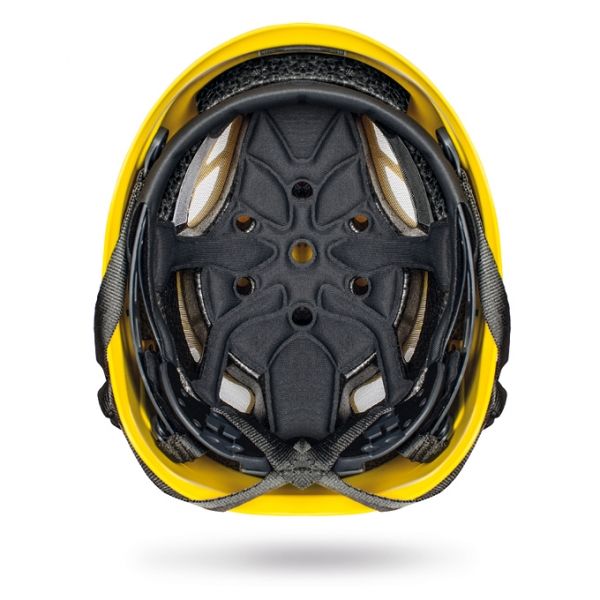

As an avid mountain biker for most of my life, I have watched the helmet industry progress with a new helmet purchase every few years to ensure I had the safest. Yet I still wear my old plastic shell hard hat with a plastic suspension insert which won’t stay on my head if I bend over to far. Times are changing and companies are making better, safer hats for the jobsite.
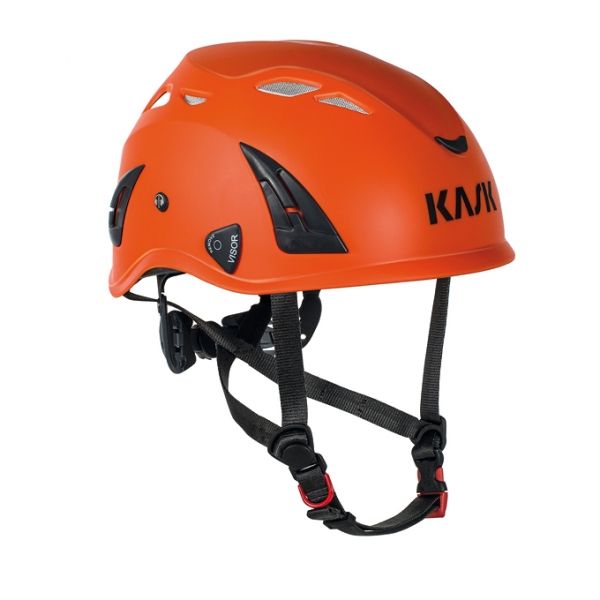
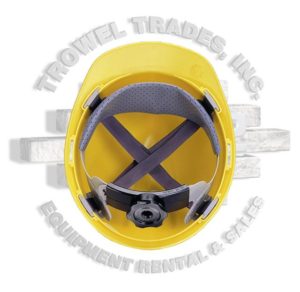
“The standard helmet everyone’s wearing hasn’t changed much in about 50 years,” noted Jason Timmerman, EHS director for Skanska Commercial Development. And, he said, it needs to. “It is only good for something being dropped and hitting you directly on top of your head. It has nothing to do with slips, trip and falls on the same level, where your head snaps backs, or falling off ladder, falling off a wall form. With any type of fall you have, the traditional hard hat will more likely than not fall off.”
Independent research highlights the need for better head protection. A NIOSH report found that traumatic brain injuries represented a quarter of all construction fatalities from 2003 to 2010. More than half of fatal work-related traumatic injuries were a result of falls, particularly from roofs, ladders and scaffolds. Since most of our work is on and under mastlimbers and scaffolding we saw a need for better head protection and have investigated alternatives.
One downside to the helmets is their cost, which runs higher than that of fifteen dollar traditional hard hats. The Kask SuperPlasma sells for around $135. But price must be held in perspective. Also as more companies such as Bell and Giro jump on board, that price will come down. Consider this as well, the average steel toed boots cost $120, and while you can live without your toes, you cannot live without your head. So doesn’t it make sense to spend more on your hard hat or helmet than your boots?
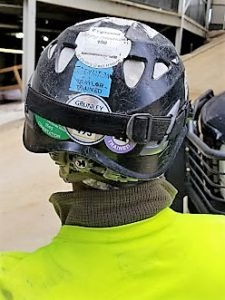
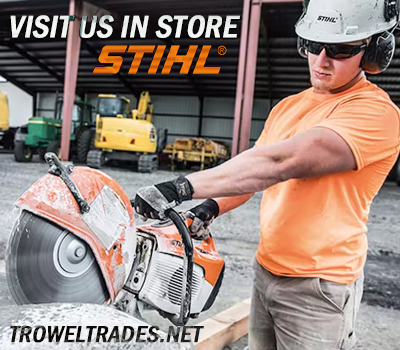

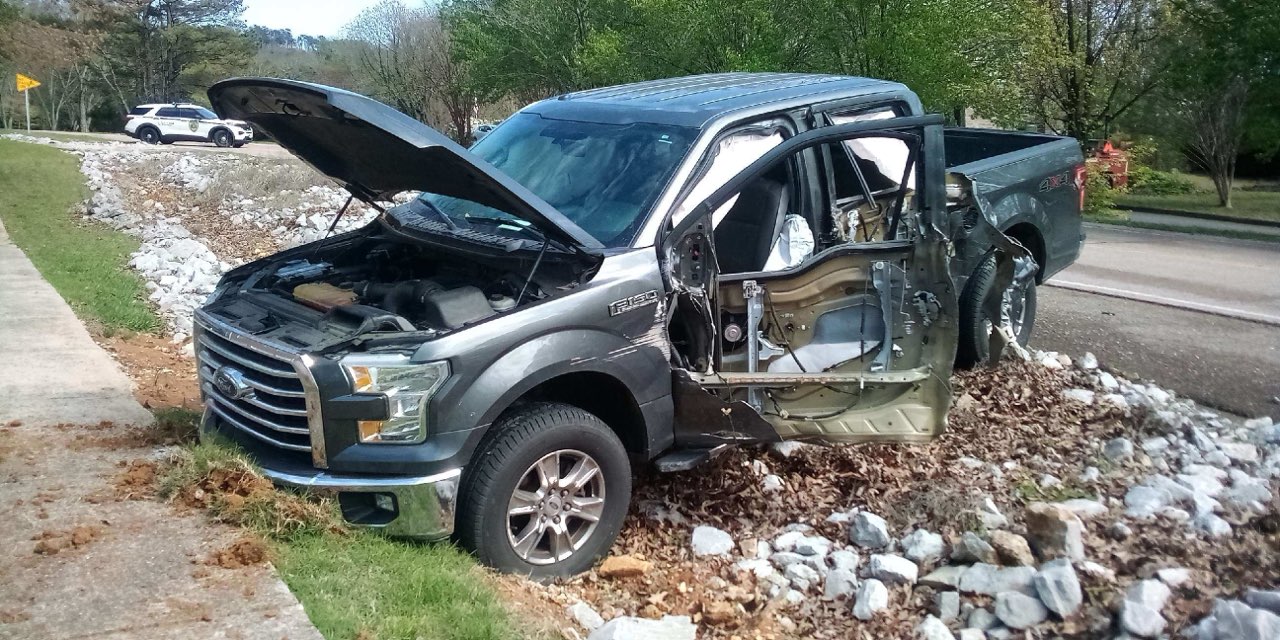

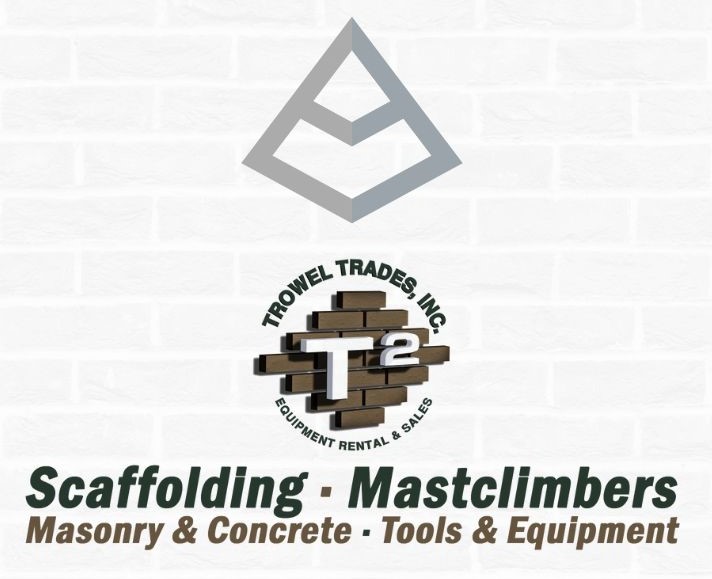
No spam, notifications only about products and updates.

Having dealt with MK Diamond Products and the Delahauts since the mid 1990’s it is sad to hear the news that they have closed their

I’ve told my wife and daughter to never follow a mortar mixer down the interstate. For over 30 years we have sold, rented, and repaired

This question is one of the most frequent mixer related questions our rental staff are asked. Our contractor customers know the importance of using the right tools for the job.

Trowel Trades, a company that specializes in equipment rental, tool retail, repair services, scaffolding and mast climber access solutions, enters the Silver Tier of the Masonry Alliance Program.
Your email was submitted successfully.
YOUR 10% OFF COUPON CODE IS WELCOME10.
See category exclusions below.
Category Exclusions:
Arbortech Brick and Mortar Saw, Compaction, Concrete Mixers, Concrete Walk Behind Saws, Drop Hammers, Grout Hogs, iQ Power Tools, Masonry Block Saws, Masonry Brick Saws, Mast Climbers, Mortar Mixers, Mud Buggy, Saws, Scaffold, Self Dumping Hoppers, Shoring, and Stihl